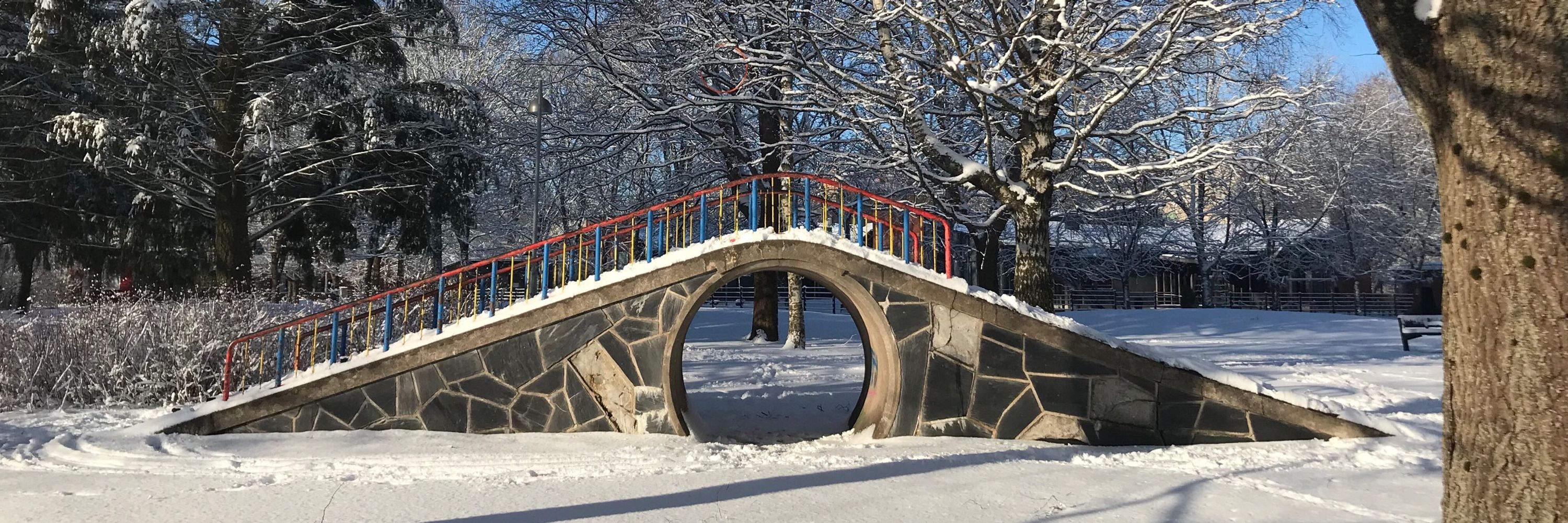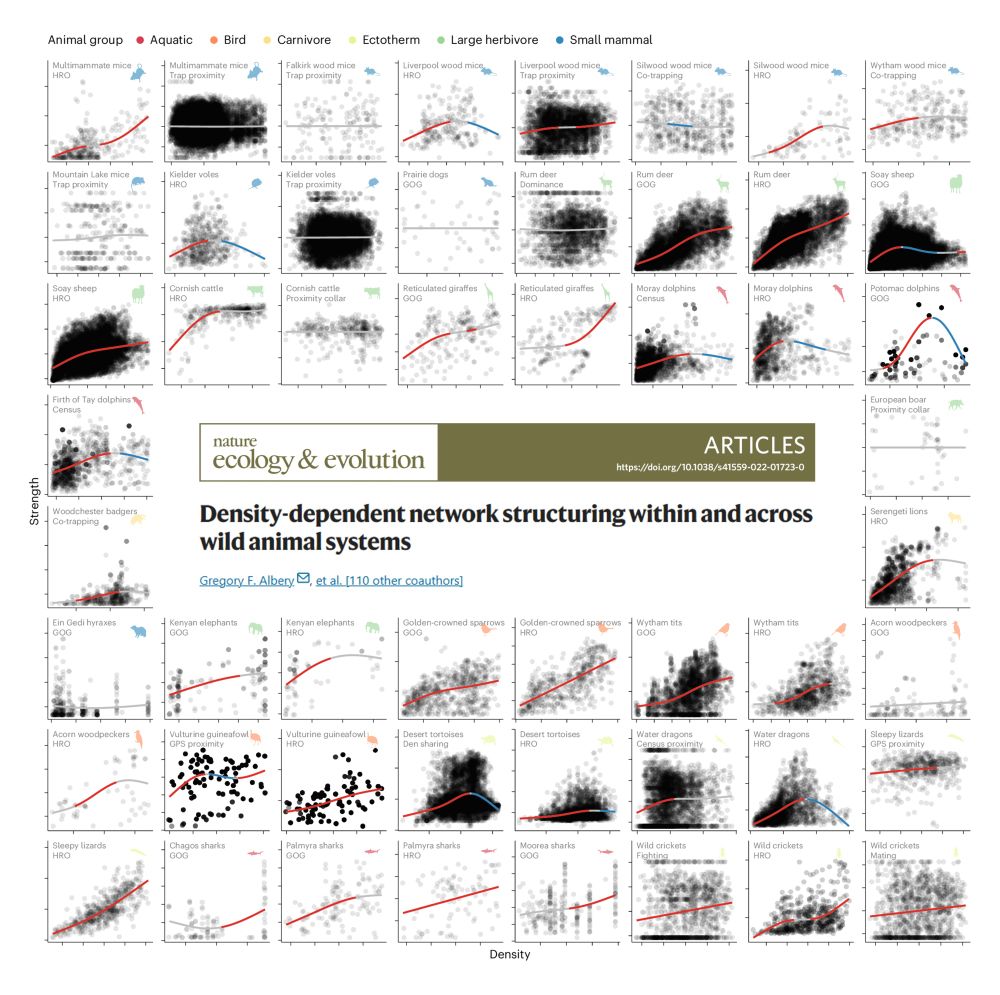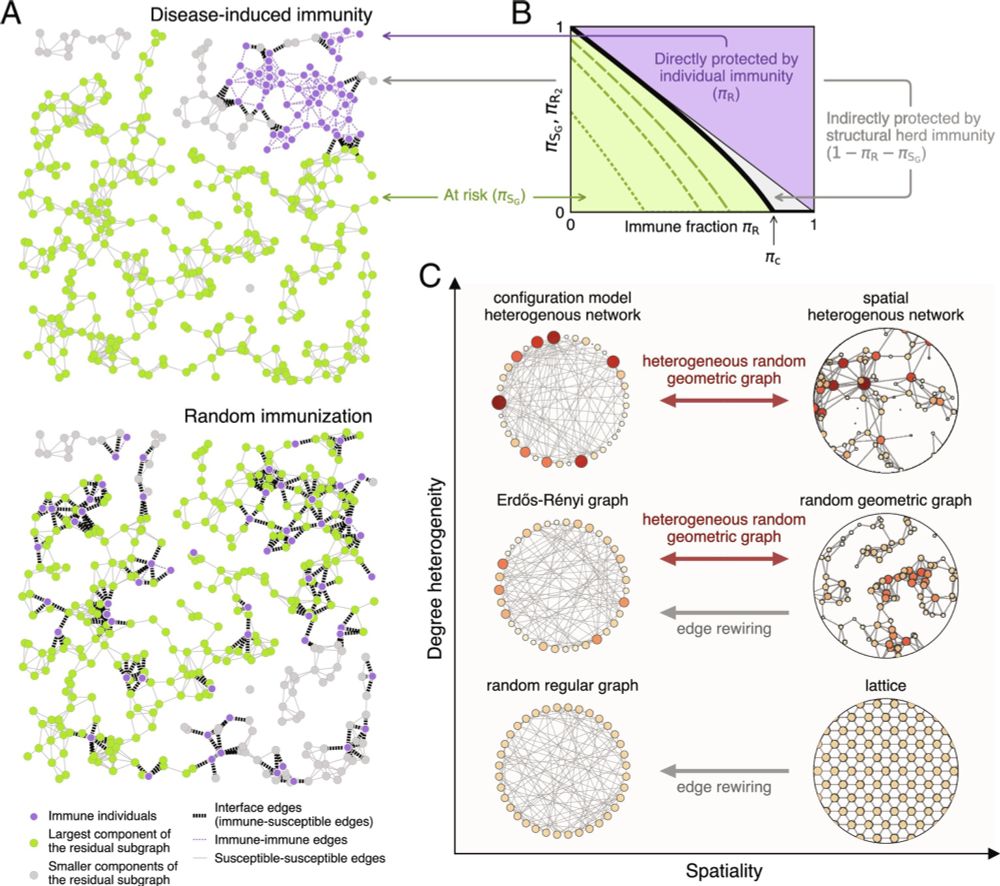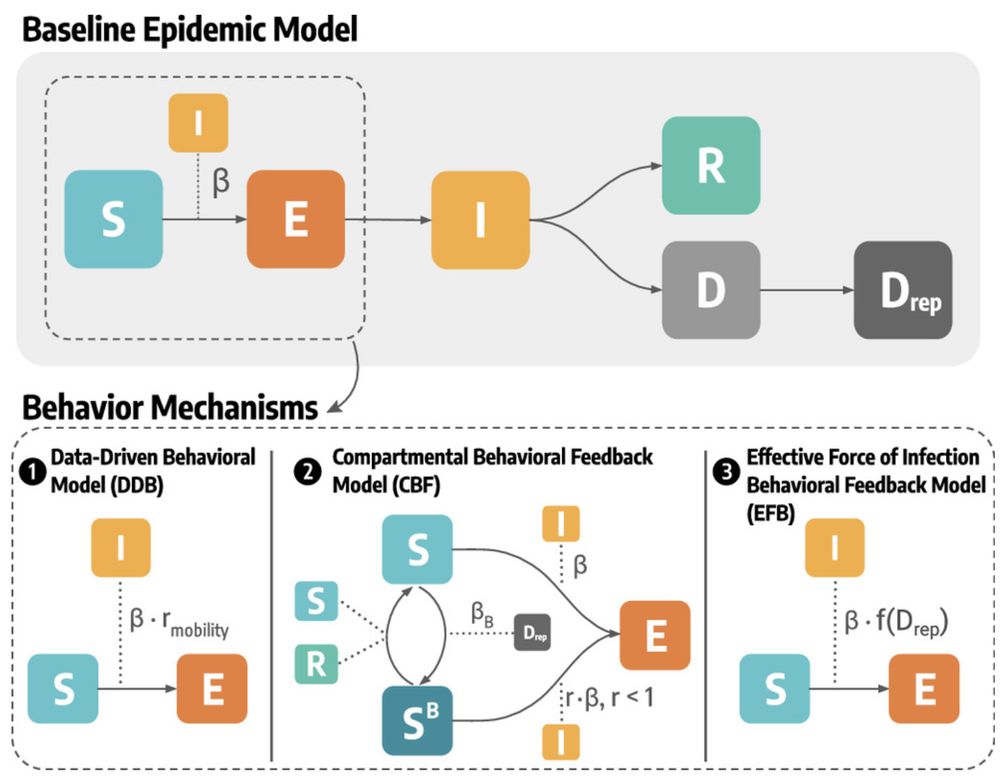
I oppose any violence against civilians and devastation of their lives.
🌐 https://sites.google.com/view/takayukihiraoka/

sites.google.com/view/cxrex

sites.google.com/view/cxrex
🧵1/8

🧵1/8
go.nature.com/4nzGhp9

go.nature.com/4nzGhp9
Full call text and link to apply: www.aalto.fi/en/open-posi...
Full call text and link to apply: www.aalto.fi/en/open-posi...

We introduce the minimum-cost percolation framework and apply it to the U.S. air transportation system using publicly available data.
🔗 www.nature.com/articles/s41...

We introduce the minimum-cost percolation framework and apply it to the U.S. air transportation system using publicly available data.
🔗 www.nature.com/articles/s41...
journals.aps.org/pre/abstract...
journals.aps.org/pre/abstract...
arxiv.org/abs/2508.18281

arxiv.org/abs/2508.18281

https://www.pnas.org/doi/abs/10.1073/pnas.2421460122?af=R
https://www.pnas.org/doi/abs/10.1073/pnas.2421460122?af=R
go.nature.com/45pj3e1

go.nature.com/45pj3e1
blog.mendeley.com/2025/07/09/m...

blog.mendeley.com/2025/07/09/m...
Is herd immunity to infectious diseases effective when induced by natural infection? Earlier studies have suggested that population heterogeneity makes disease-induced herd immunity more effective than previously thought. Our work challenges this notion.

Is herd immunity to infectious diseases effective when induced by natural infection? Earlier studies have suggested that population heterogeneity makes disease-induced herd immunity more effective than previously thought. Our work challenges this notion.




doi.org/10.1016/j.jm...
doi.org/10.1016/j.jm...


